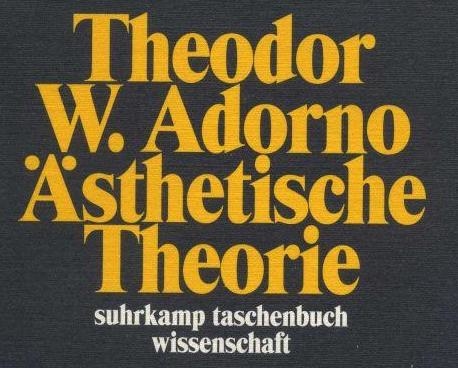
Adorno, Aesthetic Negativity, and the Problem of Idealism
It is at this point that, because of this negative dependence on Hegel, it matters a great deal that Adorno has misidentified the heart and soul of Hegel’s Absolute Idealism.

It is at this point that, because of this negative dependence on Hegel, it matters a great deal that Adorno has misidentified the heart and soul of Hegel’s Absolute Idealism.
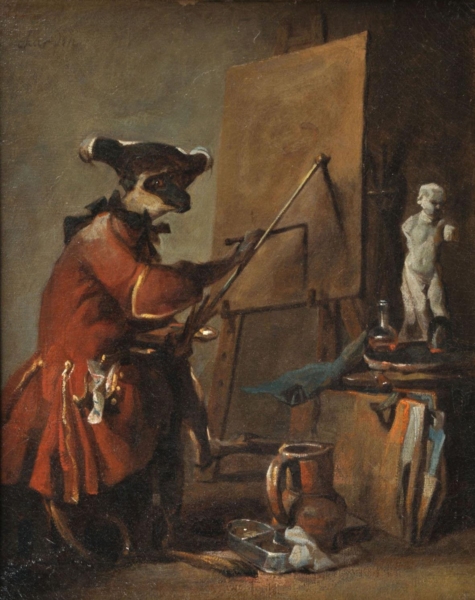
This would be, from the standpoint of literary theory, why Anscombe is helpful. What John Schwenkler calls her “fundamental disagreement” with the idea that “we find intentional activity whenever a person…causes something to happen” is a fundamental disagreement with the idea that we can think of a person’s intention as the cause of her acts, which is the idea that anti-intentionalists like Wimsatt and Beardsley and intentionalists like Nehamas and Landy have completely in common. So I disagree with Landy both on the utility of the postulated author and the irrelevance of Anscombe
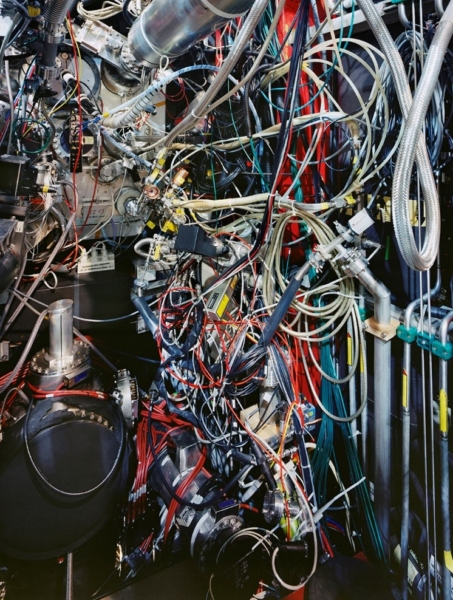
What I mean is the following: the technology photographs appear full of—in effect charged with—the evidence of human intentions. That is, we do not doubt for a moment that every wire, every length of tubing, every switch, diode, transistor, condenser, resistor, amplifier, oscillator, and voltage regulator…every electronic device and accessory however small and inconspicuous, was positioned where it is shown to be by a human agent or a team of human agents so as to bring about a nested series of specific outcomes. At the same time, equally crucial to my account, no matter how hard or closely or committedly one looks one is absolutely unable to grasp either the larger, overarching purpose of the tokamak itself…or for that matter the lesser, partial purposes of the individual devices and their connections.
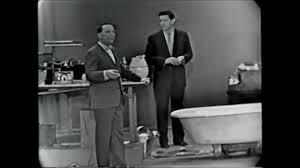
I am thus arguing here for an expanded view of aesthetic intentionality that comprises both the intentional and the immediately unintentional aspects of a work, since all of these aspects participate in the fundamentally intentional act of making an artwork. And the unintentional aspects include both the intentionally unintentional ones such as Cage’s aleatory results and real world contingencies, and the unintentionally unintentional ones such as my accidentally getting red paint on the brush when I’d meant blue (and my keeping the red blotch anyway in the final painting). Whether the materials are controlled or not, the overall action is intentional, and this is true no matter how aleatory or indeterminate its elements. An aesthetic action has two inalienably intentional moments, the beginning and the end: the decision to begin it and the decision to accept everything in it (no matter how unexpected) by signing, publishing, performing or showing it.

My proposal, then, is that we interpret artworks in the light of intention, that magic feature that turns cardboard into a box, A Modest Proposal into something cunning, and a bag of trash into part of an installation. But that intention is a display-intention. When it comes to generic aims, such as “making a work of art,” we could perhaps make do, in many cases, with conception-intentions; but when it comes to specific projects, like that of raising questions about agency or the aesthetic, display-intentions are going to be indispensable. Further, the display-intention is that of the postulated artist, not that of the empirical maker.
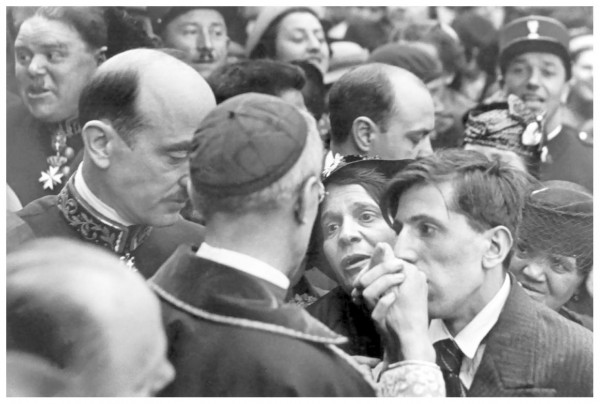
But there are many ways to be an intentionalist. Time is always limited, of course, but each of the various historical predecessors I sketched a moment ago offers distinct nuances, and mentioning them reminds us of the sheer variety of positions—about what’s possible, about where the challenges lie, about where the accent should go—that have been available to thinkers trying to understand intentions in a material world.
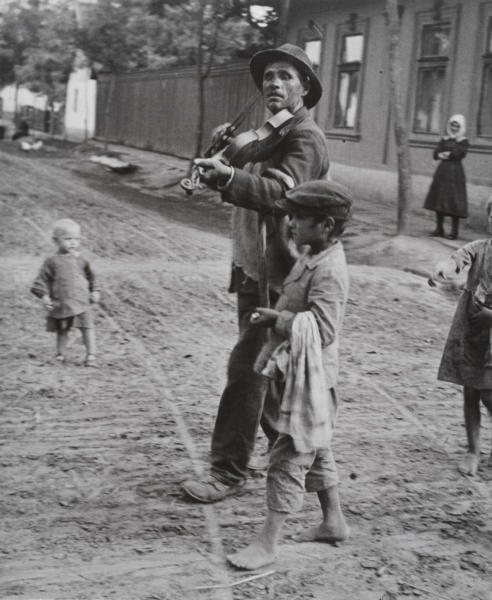
Meaning in art (what you have actually done and said) slips away from the artist’s ranges of control within the environment, for example, of the unprecedented circulation of commodities. But instead of allowing meaning and intention to be coopted, predictably and inevitably, the artists Michaels admires evacuate the work of emotional, affective, or personal forms of address preemptively, as though anti-pathos and anti-sentiment were a shield or defense.
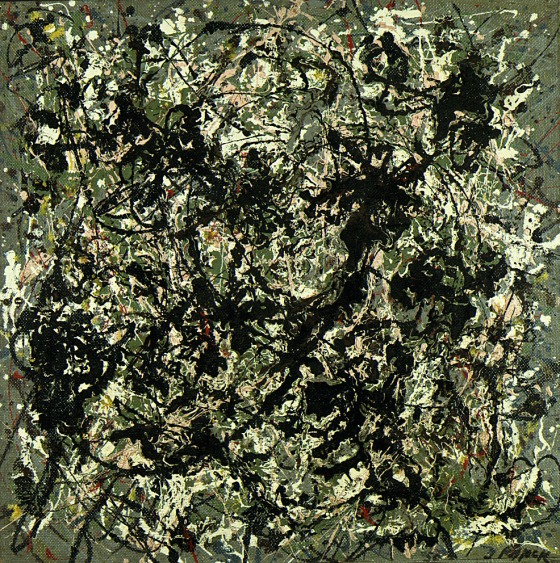
Michaels is confusing the issue when he says that a human artwork that looks like nature in Kant’s sense is participating in “the refusal of intentionality;” rather, it is the outcome of an overcoming of artifice, where the work achieves a naturalness that we could never find in the rest of nature, and so does not let us forget we are beholding something intended. Perhaps chimpanzee paintings fall into an obscure grey area between Kant’s two poles, not achieving the status of painting while—because we cannot but see some intimation of meaning in them—making it impossible for us to appreciate them in the way we do sunsets.

Carthusians refer to their cells as deserts. The cell is a remote site at the margins of civilization, distant from the noise of society and mundane temptations. A desert is not only the place where all customs, traditions, and historical stratifications fall apart, but also where any consolidated societal structure can be questioned and examined from an estranged point of observation.
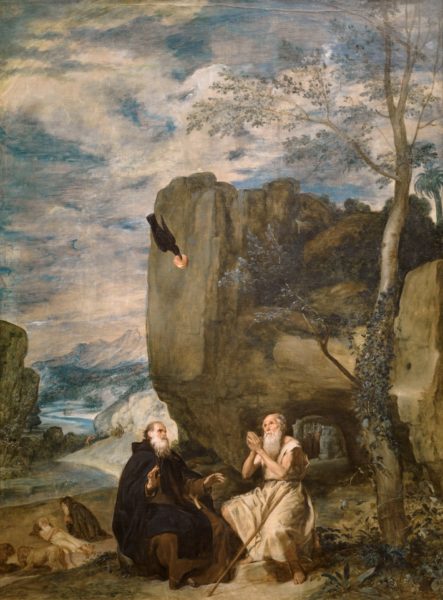
By contrast, what the idea of the rule provides is a relation to the self—to sleeping, washing, eating, excreting and reflecting—that embodies an understanding of the social constituted neither by an assemblage of solitaries nor by the model of the epistolary relations between the writer and the “others” whose “help” he needs to cultivate himself properly. It would be too much to say that in the seven “Deserts” we see the struggle between capital and labor. But it would be exactly right to say that we see emblems not of self-care but of both conflict and of ideology.

The humanities is devoted to a “bad picture” of intentionality. And the devotion to this picture is embraced above all by anti-intentionalists. Looking closely at the seemingly suspect commitments of two conceptually driven artists—Le Corbusier and Henri Matisse—I show the necessity for distinguishing between inner and outer, idea and execution, and how those terms are mutually imbricated. Failing to address “private” experience, as anti-intentionalists do, generates an inverted form of Cartesianism.
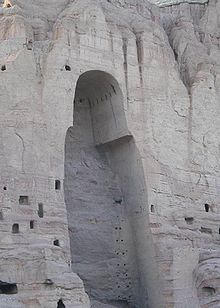
A Federal Art Project mural cycle of thirteen panels devised and painted by Victor Arnautoff in 1936 in a San Francisco high school portrays George Washington as a slave owner and as the author of Native-American genocide. It is an important work of art, produced for all Americans under the auspices of a federal government seeking to ensure the survival of art during the Great Depression. Its meaning and commitments are not in dispute. It exposes and denounces in pictorial form the U.S. history of racism and colonialism. The only viewers who should feel unsafe before this mural are racists.

nonsite.org is an online, open access, peer-reviewed quarterly journal of scholarship in the arts and humanities. nonsite.org is affiliated with Emory College of Arts and Sciences.